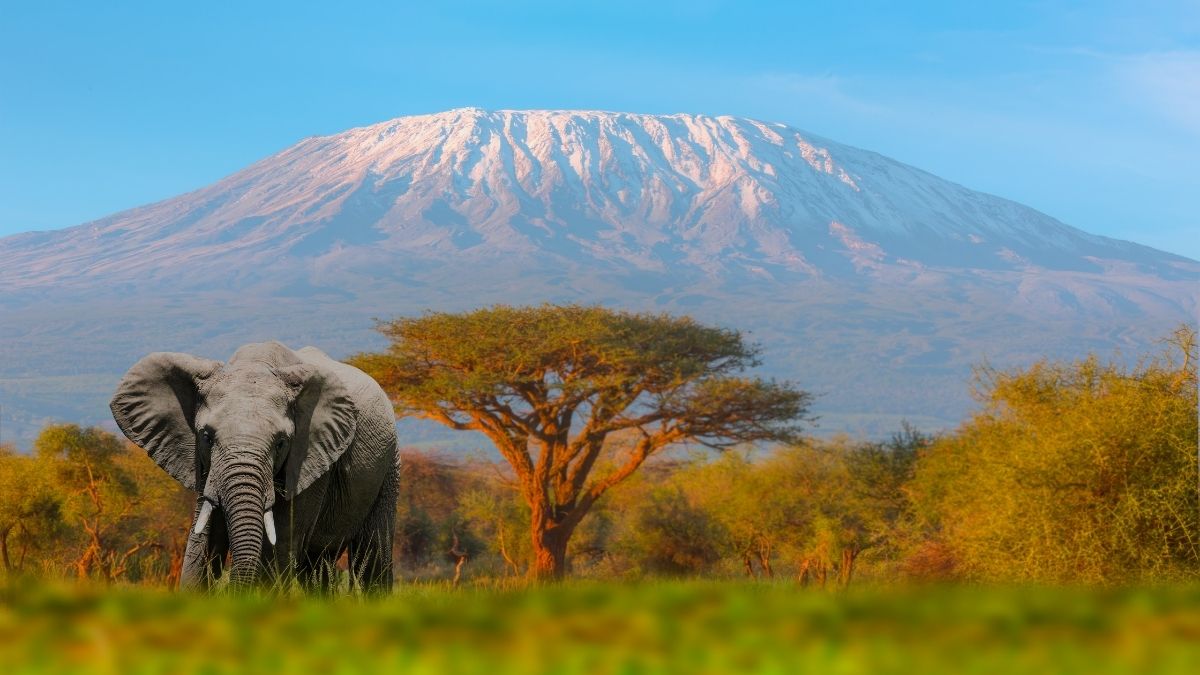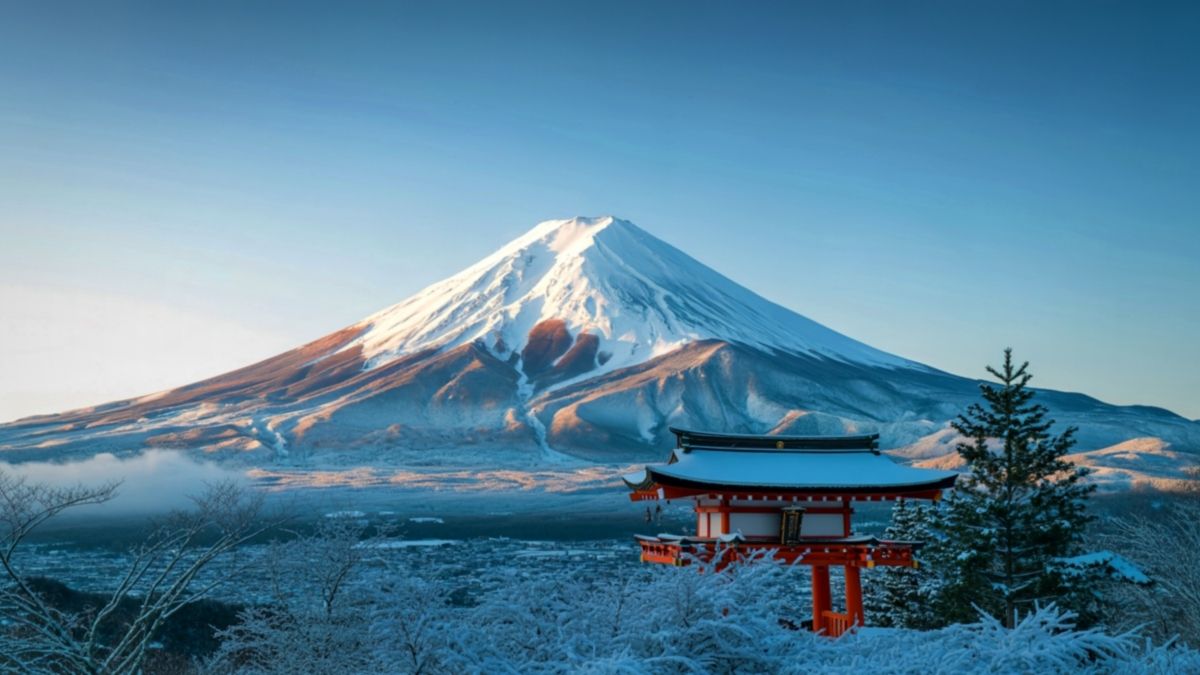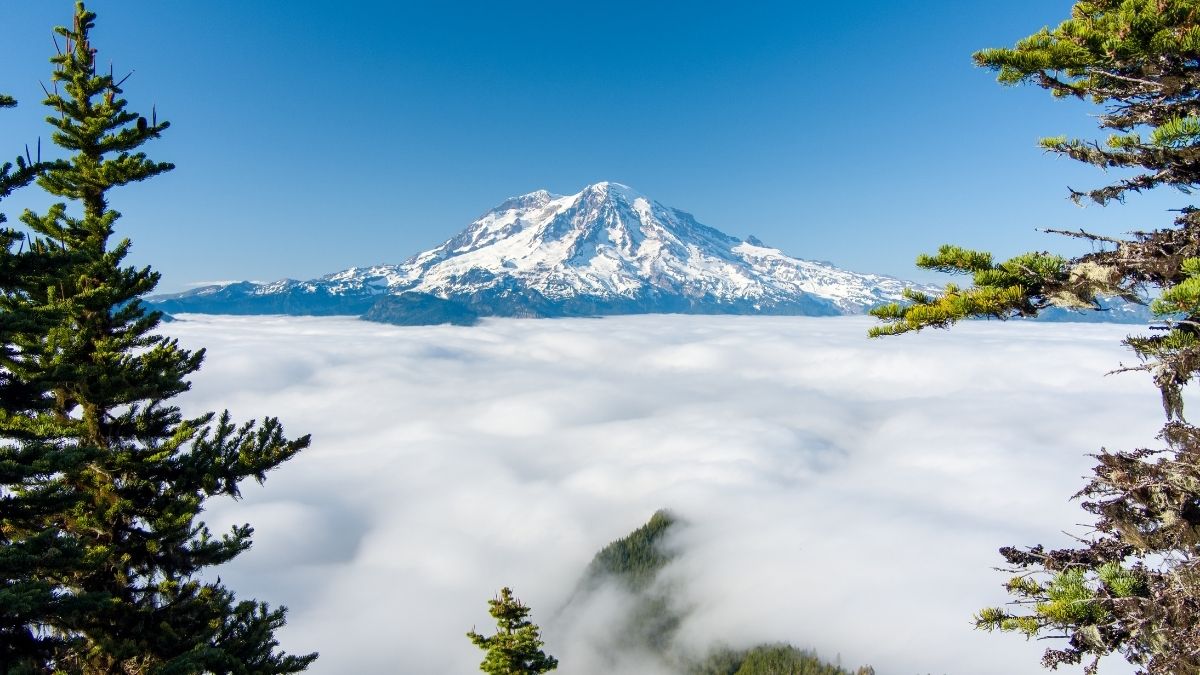Do you know what a dormant volcano means? If not, you should know that dormant volcanoes are often called “sleeping giants.” They may not have erupted in centuries or even millennia, yet they still hold the geological potential to awaken without much warning. A recent example is the Erta Ale region in Ethiopia, with the eruption of Hayli Gubbi, after 12,000 years. It reminded the world that even a seemingly calm system can reactivate.
Similarly, some of the world’s most widely studied sleeping giants include Mount Fuji, Mount Rainier, and The Three Sisters in the United States. Although these volcanoes have been quiet for hundreds or thousands of years, their structure, magma systems, and tectonic settings show that they can erupt again anytime.
Through this blog, learn about the origins, locations, and last known eruption periods of 5 major dormant volcanoes around the world, and understand why continued monitoring is so important.
List of Top 5 Dormant Volcanoes in the World
The list of major dormant volcanoes in the world inlcudes the following:
| S.No | Volcano | Location | Last Known Eruption | Dormant Since |
| 1. | Mount Kilimanjaro | Tanzania, East Africa | 360,000 years ago (Kibo activity likely younger) | Hundreds of thousands of years |
| 2. | Mount Fuji | Honshu, Japan | 1707 (Hōei Eruption) | Over 300 years |
| 3. | Mount Rainier | Washington, USA | 1450 CE | ~570 years |
| 4. | Mauna Kea | Hawaii, USA | 4,500–6,000 years ago | Several thousand years |
| 5. | Three Sisters (North Sister, Middle Sister & South Sister) | Oregon, USA | South Sister: 2,000 years ago | Few thousand years |
Source: Smithsonian Institution, Global Volcanism Program (GVP)
Here are the 5 Dormant Volcanoes that can erupt anytime:
1. Mount Kilimanjaro

Mount Kilimanjaro is a massive stratovolcano composed of three volcanic cones, Kibo, Mawenzi, and Shira. It formed through African Rift Zone volcanism, a tectonically active region where the African continent is slowly splitting into two. Although its last major activity was about 360,000 years ago, geothermal vents and persistent heat within the Kibo crater show that the volcano is dormant, not extinct.
Key Facts:
-
Type: Stratovolcano
-
Geological Origin: African Rift Zone
-
Risk: Kibo cone still contains active geothermal systems
2. Mount Fuji

Everyone has heard of Mount Fuji, which is Japan’s most iconic stratovolcano. It created at the boundary where the Pacific Plate subducts beneath the Eurasian Plate. This tectonic collision continually fuels volcanic activity in the region. Moroever, Fuji last erupted in 1707, covering parts of Edo (modern Tokyo) with ash. Its long dormancy does not eliminate future risk, especially given the dense population nearby.
Key Facts:
-
Type: Stratovolcano
-
Geological Origin: Pacific–Eurasian subduction
-
Risk: Proximity to Tokyo; constant monitoring
3. Mount Rainier

Mount Rainier is a towering stratovolcano formed by Cascadia Subduction Zone activity. Although dormant since around 1450 CE, the volcano remains highly hazardous due to its massive ice cover. If Rainier erupts, melting glaciers could unleash catastrophic lahars capable of reaching Seattle–Tacoma valleys.
Key Facts:
-
Type: Stratovolcano
-
Geological Origin: Cascadia Subduction Zone
-
Risk: Considered one of the most dangerous US volcanoes; major lahar potential
4. Mauna Kea

Mauna Kea is a colossal shield volcano created by the Hawaiian Hotspot, a persistent upwelling of deep mantle magma. It last erupted around 4,500–6,000 years ago, but Mauna Kea is still classified as dormant rather than extinct. Its gentle slopes and immense volume make it the largest volcano on Earth when measured from base to peak.
Key Facts:
-
Type: Shield volcano
-
Geological Origin: Hawaiian Hotspot
-
Risk: Potential for future eruptions; culturally and scientifically sensitive region
5. The Three Sisters

The Three Sisters—North Sister, Middle Sister, and South Sister, form a diverse volcanic complex shaped by the Cascadia Subduction Zone. While North Sister is considered extinct, South Sister erupted about 2,000 years ago. Recent geological surveys have detected uplift and magma intrusion beneath the region, confirming that the system remains active.
Key Facts:
-
Type: Volcanic complex (stratovolcanoes & vents)
-
Geological Origin: Cascadia Subduction Zone
-
Risk: Uplift detected; ongoing magma movement beneath the surface
You May Also Like to Read:
Check Impact of the Volcanic Ash Cloud from Ethiopia Drifting towards India Here!
Therefore, to conclude, these five volcanoes are currently dormant, but geological evidence shows that each has the potential to erupt again. Their locations, structures, and histories make them crucial subjects of volcanic study and risk assessment.
Comments
All Comments (0)
Join the conversation